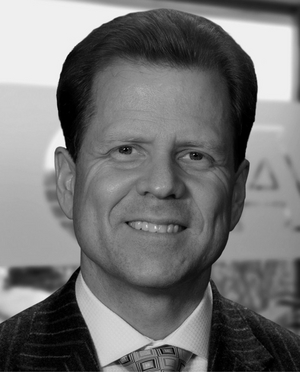The major central banks around the world began to cut interest rates in 2007 in response to the impending financial crisis. Interest rates throughout the developed world were lowered from approximately 5% in August 2007 to effectively zero by December 2008. They have remained at that level ever since.
The US Federal Reserve, the most important and influential central bank, has made its objective clear: keep short-term interest rates at this near-zero level through late 2014. If this goal is fulfilled, the total period of time in which the major economies in the world have operated at a near zero rate policy will have lasted six years. This is an unprecedented, extraordinary, and dangerous policy on the part of central banks.
Despite the extraordinary measures, the rationale for this policy has gone largely unexamined and unchallenged. From professionally trained economists to average citizens, the default position has been to defer to the expertise of our central banks. Any open debate has largely been deemed unnecessary.
But it should come as no surprise that an unprecedented policy would produce unprecedented and unanticipated results. In fact, there is increasing evidence that this zero interest rate policy is failing to achieve its goals and is leaving our economies in worse shape and buried in more sovereign debt.
The primary victims of these policies are those who are close to, or in retirement. This important cohort is faced with a problematic choice: invest in a volatile stock market, or watch your savings whittle away as you get paid next to nothing on your interest-bearing investments?
What does this mean for today's major savers?
1. Increase in Income Inequality and Loss of Purchasing Power
A zero interest rate policy represents a wealth transfer from savers to banks, debtors, and leveraged investors. Given the low interest rates, investment income cannot keep up with inflation and taxes. This expedites a loss in purchasing power. In the US alone it is estimated that the current monetary policies are costing savers over $400 billion per year and cumulatively, since 2007, has cost investors and savers in the US well over $1 trillion.
2. Central Banks Sending the Wrong Signals
Zero interest rate policies, designed to create inflation, in fact signal the opposite—fear of deflation. Consumers understand this signal and hoard savings even at confiscatory rates. But money parked in government securities does not get into the hands of those that grow the economy, the entrepreneurial class.
3. A Hidden Tax
Zero interest rate policies are designed to keep nominal interest rates below inflation, a condition called "negative real rates". This is intended to spur lending and spending since the real cost of borrowing is negative. For savers the opposite is true, and when real returns are negative the value of savings erodes.
4. Creating new bubbles
Central bank policies continue to manipulate and encourage ongoing economic bubbles. Zero rates "force" more and more savers into riskier and riskier assets. Wrongly incentivizing any group of investors into a particular asset class will lead to more bubbles, improper valuations, and wealth erosion. This also erodes trust in our core institutions.
5. Loss of Freedom and Increased Dependence
Lack of saving and capital formation makes people more dependent on the State, particularly those who are in retirement that cannot work. Dependence on the State means less overall freedom.
Where do we go from here? Central Banks need to slowly let interest rates move to their non-manipulated levels. This would immediately start the process of aligning risk and asset prices across all asset classes. It would put immediate pressure on governments to stop bailing out "too big to fail" institutions (socializing risk), and hinder them from continuing to run unsustainable deficits. The result, over time, would be to replace a consumption and debt-driven economy with a savings- and investment-driven economy that rewards prudence and protects the real value of assets.



